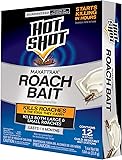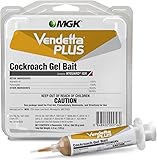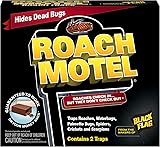Pest Lockdown
Do Millipedes Eat Cockroaches? Understanding Their Diet
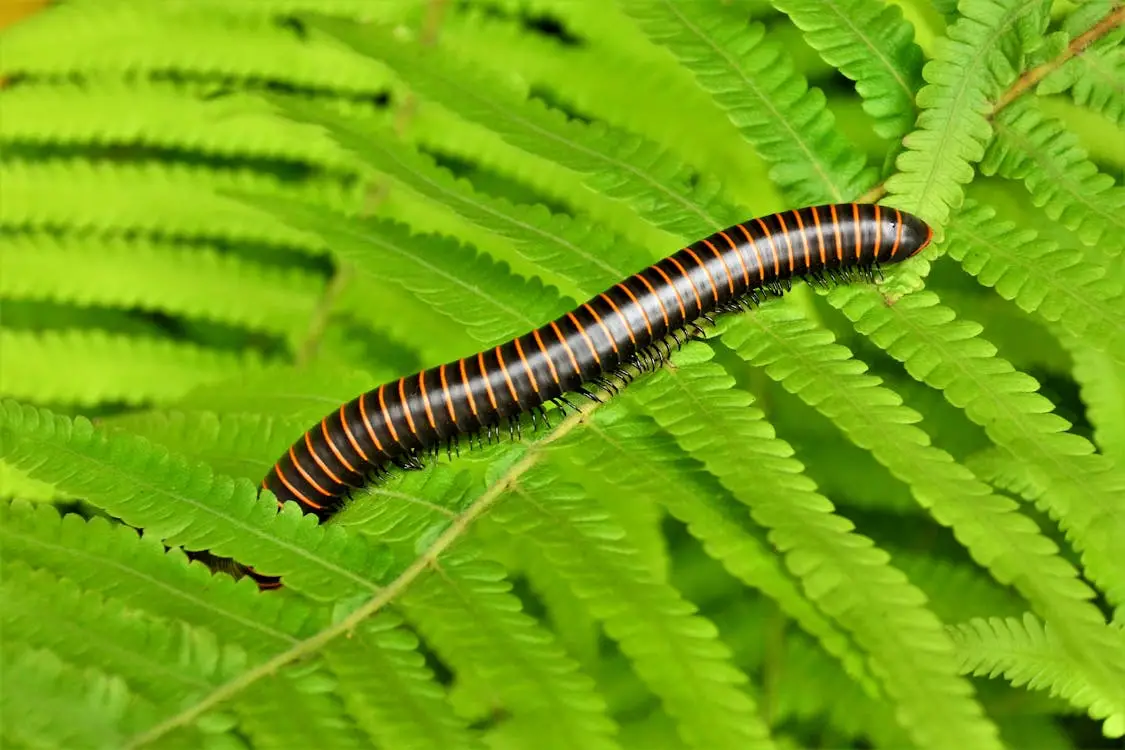
When it comes to the diverse and intricate world of arthropods, understanding the dietary habits and ecological roles of different species can provide valuable insights into how they interact with each other and their environments. One intriguing question that arises is: do millipedes eat cockroaches?
This article delves into the dietary preferences of millipedes, their natural behaviors, and the potential interactions between millipedes and cockroaches.
Understanding Millipedes
Anatomy and Classification
Millipedes are arthropods belonging to the class Diplopoda. They are easily recognizable by their elongated, segmented bodies, each segment bearing two pairs of legs. Despite their name, which means “thousand feet,” most millipedes have between 34 and 400 legs. Millipedes are found worldwide, inhabiting a variety of environments, from forests and grasslands to urban areas. Their bodies are cylindrical and can range in color from brown to black, with some species exhibiting brighter colors as a warning to predators about their toxicity.
Behavior and Habitat
Millipedes are primarily detritivores, meaning they feed on decomposing organic matter. They play a crucial role in the ecosystem by breaking down leaf litter, wood, and other plant material, recycling nutrients back into the soil. Millipedes prefer dark, moist environments where they can avoid desiccation. They are commonly found under logs, rocks, leaf litter, and in soil. In urban areas, they may inhabit gardens, basements, and compost piles, where they continue their role in decomposing organic material.
Defense Mechanisms
Millipedes have several defense mechanisms to protect themselves from predators. They can curl into a tight coil, exposing only their hard exoskeleton. This behavior makes it difficult for predators to access the soft, vulnerable parts of their bodies. Additionally, many millipede species secrete toxic or foul-smelling chemicals from specialized glands called ozopores to deter predators. These secretions can cause irritation to the skin and eyes of potential predators, further ensuring the millipedes’ survival.
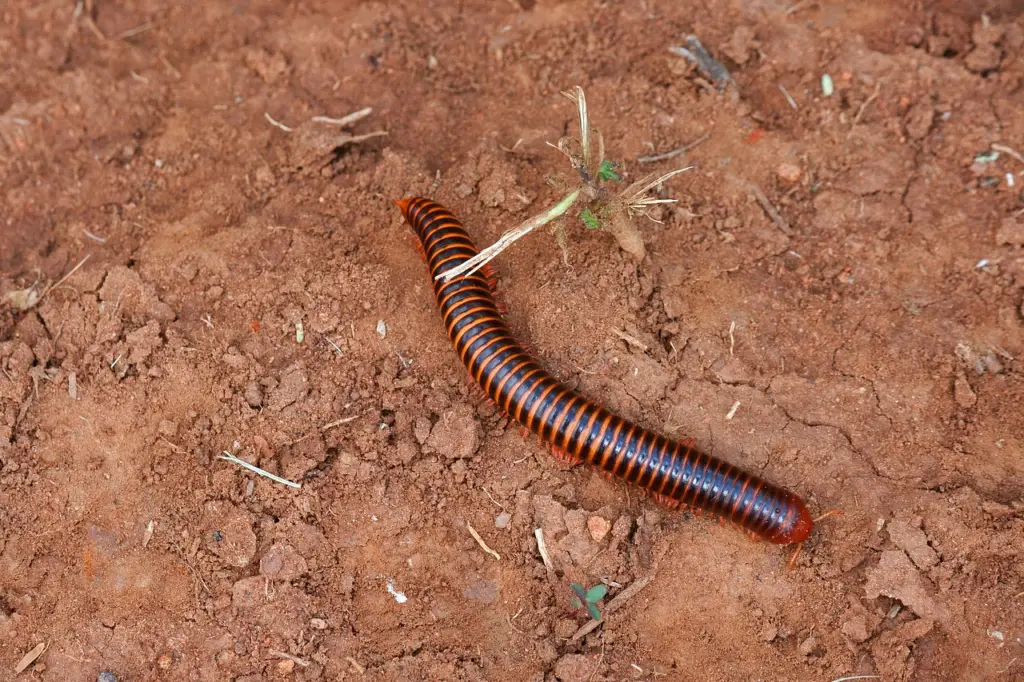
Diet of Millipedes
Primary Diet
The primary diet of millipedes consists of decaying organic matter, including leaves, wood, and other plant material. This diet classifies them as detritivores, organisms that feed on dead organic matter, contributing to the decomposition process and nutrient cycling in ecosystems. By consuming and breaking down this material, millipedes help maintain soil health and fertility, making them essential components of their habitats.
Opportunistic Feeding
While detritus forms the bulk of their diet, millipedes can exhibit opportunistic feeding behavior. In the absence of sufficient detritus, they may consume other organic materials, including fungi, algae, and small insects. However, this behavior is relatively rare and often driven by environmental conditions and food availability. For example, millipedes in more arid environments may occasionally consume live plant material to obtain necessary moisture.
Predatory Behavior
Unlike some arthropods, millipedes are not primarily predatory. They lack the speed, specialized mouthparts, and hunting behavior typically associated with predatory species. Their slow movement and detritus-based diet further underscore their role as decomposers rather than hunters. While they might accidentally ingest small insects or other organisms while feeding on decomposing matter, this is not indicative of a predatory lifestyle.
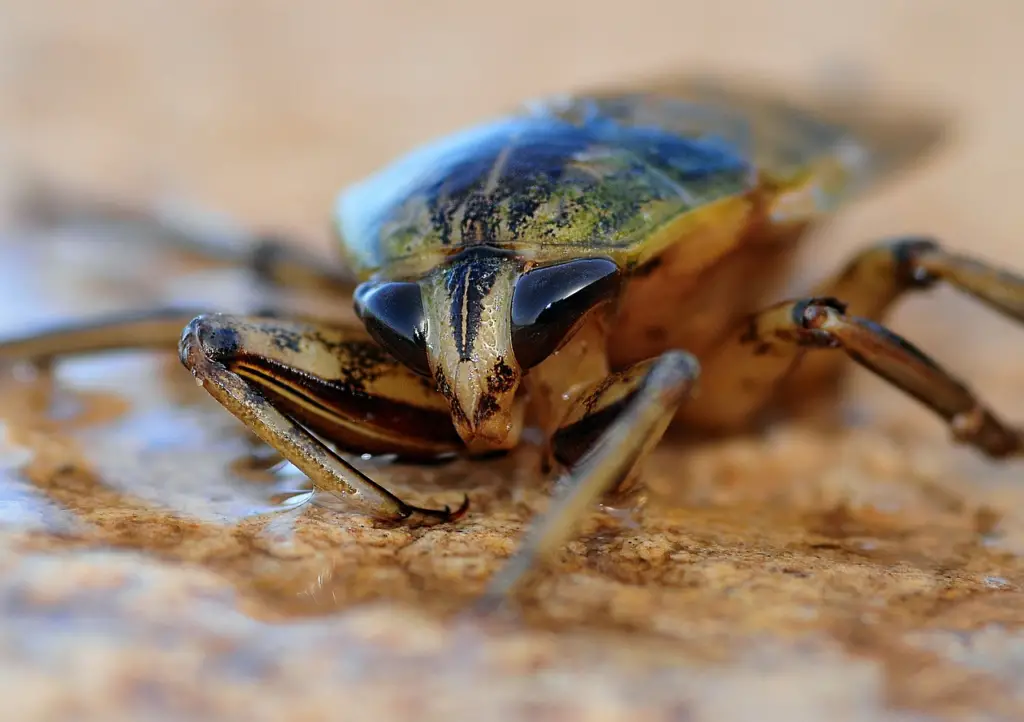
Cockroaches: An Overview
Anatomy and Classification
Cockroaches belong to the order Blattodea and are known for their hardy and adaptable nature. They have flattened, oval-shaped bodies with long antennae and strong legs adapted for running. Cockroaches are found in various environments, from tropical forests to urban dwellings. Their exoskeletons are typically brown or black, although some species display different color variations. Cockroaches have wings, but not all species fly. Instead, they use their wings primarily for gliding.
Behavior and Habitat
Cockroaches are omnivorous scavengers, feeding on a wide range of organic materials, including food scraps, decaying matter, and even other insects. They are nocturnal and attracted to dark, warm, and humid environments. Common hiding places include kitchens, bathrooms, basements, and sewers. Cockroaches are highly social insects, often living in large groups, which can exacerbate infestation problems in homes and businesses.
Survival Strategies
Cockroaches are renowned for their resilience and adaptability. They have evolved several survival strategies, including rapid reproduction, a diverse diet, and the ability to withstand harsh conditions. These traits make them successful in both natural and human-made environments. For example, cockroaches can survive for weeks without food and can even live for a short time without their heads due to their decentralized nervous system.
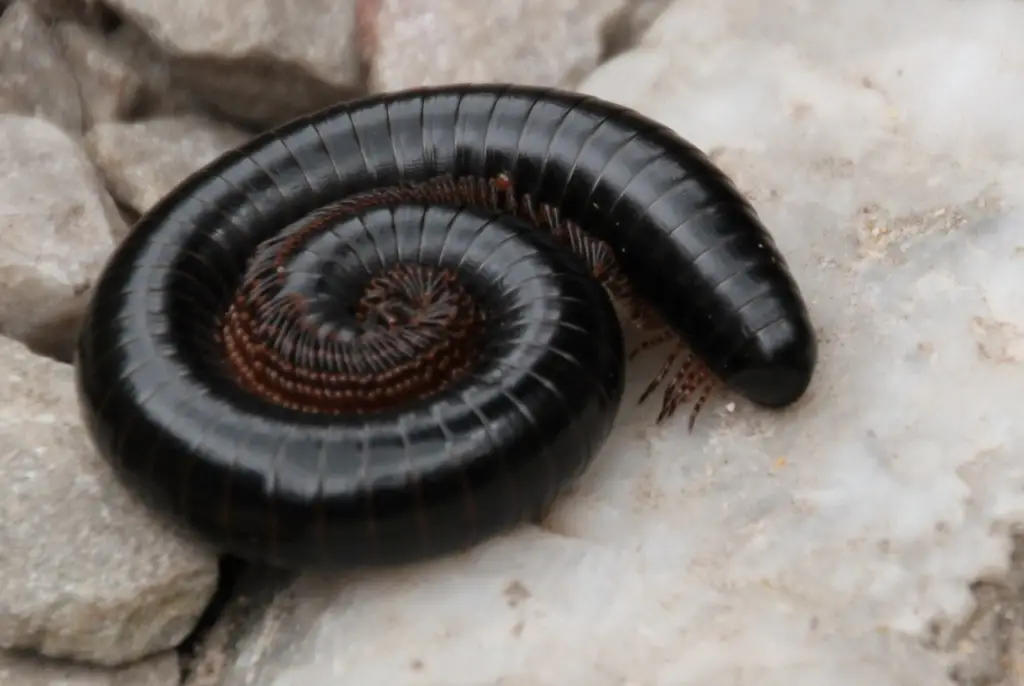
Interactions Between Millipedes and Cockroaches
Dietary Overlap
Given that millipedes and cockroaches both scavenge for organic matter, there is potential for dietary overlap. In environments where food resources are scarce, both species might be found feeding on the same detritus. However, this overlap does not typically lead to direct competition or predation. Instead, both species can coexist by exploiting different niches within the same habitat. For instance, millipedes may focus on more decomposed matter, while cockroaches might consume fresher organic materials.
Predatory Potential
Millipedes are not natural predators of cockroaches. Their feeding apparatus and behavior are not suited for hunting or consuming live prey like cockroaches. While millipedes may occasionally consume small insects or larvae when other food sources are limited, this is not a common or preferred behavior. Cockroaches, being faster and more mobile, are unlikely targets for the slow-moving millipedes.
Coexistence and Competition
Millipedes and cockroaches can coexist in the same environments, especially in places rich in organic matter, such as compost heaps, forest floors, and urban gardens. Their different feeding habits—millipedes primarily on decaying plant material and cockroaches on a broader range of organic matter—allow them to occupy slightly different ecological niches, reducing direct competition. This coexistence is beneficial for the ecosystem, as it ensures the efficient decomposition and recycling of organic materials.

Ecological Roles and Benefits
Millipedes as Decomposers
Millipedes play a vital role in ecosystems as decomposers. By breaking down organic matter, they help recycle nutrients, improve soil structure, and promote the growth of plants. This process supports the overall health and productivity of ecosystems, making millipedes essential for ecological balance. Their activity helps aerate the soil and facilitates the infiltration of water and nutrients, benefiting plant growth.
Cockroaches in the Ecosystem
Despite their negative reputation, cockroaches also contribute to nutrient cycling by breaking down organic matter. They serve as prey for various predators, including birds, amphibians, and small mammals, thus supporting the food web. In natural environments, cockroaches play a role similar to millipedes in decomposing organic material. By consuming a variety of food sources, cockroaches help control the levels of organic debris and contribute to maintaining a balanced ecosystem.
Potential for Misconceptions
Misidentifying Predatory Behavior
The misconception that millipedes eat cockroaches may stem from misunderstandings about their respective diets and behaviors. Observations of millipedes and cockroaches in the same environments might lead to assumptions of predation, when in reality, both are simply scavenging for food. It is important to differentiate between incidental ingestion of small insects by millipedes and true predatory behavior.
Influence of Environmental Conditions
Environmental conditions, such as food scarcity, can influence the behavior of many organisms. In extreme cases, millipedes might consume atypical food sources. However, such instances are exceptions rather than the rule and should not be interpreted as normal predatory behavior. Understanding the context in which these behaviors occur can help clarify the true nature of millipede and cockroach interactions.
Human Interaction and Pest Control
Millipedes in Human Habitats
Millipedes are generally not considered pests in the same way that cockroaches are. However, during periods of heavy rain or drought, millipedes may enter homes in search of moisture or shelter. They do not pose a threat to humans or damage property, but their presence can be unsettling. Simple measures such as sealing entry points and reducing indoor moisture can help prevent millipede incursions.
Cockroach Infestations
Cockroaches, on the other hand, are well-known pests that can contaminate food, spread diseases, and cause allergies. Effective cockroach control involves maintaining good sanitation, sealing entry points, and using appropriate insecticides. Alternatively, using pheromone traps and other pest control products can offer a DIY solution to cockroach infestations. Here are some of our go-to pest control products for eliminating cockroaches:
Sale
Hot Shot MaxAttrax Roach Bait 12 Count, Child-Resistant Bait Stations
- Item Package Dimension: 8.4599999913708L x 5.8699999940126W x 1.649999998317H inches
- Item Package Weight – 0.220462262 Pounds
- Item Package Quantity – 1
- Product Type – PEST CONTROL DEVICE
Sale
MGK Vendetta Plus Cockroach Gel (4 Tubes) Bait & IGR Killer Paste Not for Sale to: California, 4 Oz
- Vendetta Plus Cockroach Gel Bait (4tubes) Roach Bait & Igr Roach Killer Paste Not For Sale To: California.Does not contain peanuts, shellfish, dairy, tree nuts, fish or wheat
Black Flag Roach Motel Insect Trap, 12-Pack 12 Pack Trap
- EFFECTIVE CONTROL: Traps roaches, waterbugs; Palmetto bugs; spiders; crickets and scorpions
- HIDES DEAD BUGS: Conceals dead insects – just throw trap away when full
- PESTICIDE FREE: Contains no pesticides and no pesticide fumes or odors
- ATTRACTS ROACHES: Special lure attracts roaches into the trap; where they become stuck to the glue surface
- GUARANTEED: Guaranteed to work or your money back – see product label for details
Integrated Pest Management (IPM)
Integrated Pest Management (IPM) is an effective approach to controlling both millipedes and cockroaches. IPM combines biological, physical, chemical, and cultural control methods to manage pest populations in an environmentally and economically sustainable way. For example, maintaining clean and dry environments, using natural predators, and applying targeted pesticides only when necessary can help keep pest populations in check.

Summary: Do Millipedes Eat Cockroaches?
In conclusion, millipedes do not typically eat cockroaches. Millipedes are primarily detritivores, feeding on decaying organic matter, while cockroaches are omnivorous scavengers with a more varied diet. Although they may inhabit the same environments and occasionally encounter each other, millipedes are not natural predators of cockroaches. Understanding the distinct roles and behaviors of these arthropods helps clarify their interactions and underscores the importance of both species in maintaining ecological balance.
By dispelling misconceptions and highlighting the unique contributions of millipedes and cockroaches to nutrient cycling and ecosystem health, we can better appreciate the complex and interdependent nature of these often-misunderstood creatures. Millipedes and cockroaches each play vital roles in their respective niches, contributing to the overall health and stability of their environments.
Frequently Asked Questions
Is a millipede the same as a centipede?
While millipedes and centipedes may appear similar at first glance due to their elongated bodies and numerous legs, they belong to different classes within the subphylum Myriapoda. Millipedes are members of the class Diplopoda, characterized by having two pairs of legs per body segment. Centipedes, on the other hand, belong to the class Chilopoda and have one pair of legs per body segment. Additionally, millipedes are typically slow-moving detritivores, feeding on decaying plant material, while centipedes are carnivorous predators known for their speed and agility.
What do millipedes eat?
Millipedes are primarily detritivores, meaning they feed on decomposing organic matter. Their diet consists mainly of dead plant material, such as leaves, wood, and other plant debris. By breaking down this organic matter, millipedes play a crucial role in nutrient cycling and soil health. While they primarily consume plant material, millipedes may also feed on fungi, algae, and occasionally small insects or larvae, particularly in environments where detritus is scarce.
What do house centipedes eat?
House centipedes are voracious predators that feed on a variety of small arthropods, including insects, spiders, and other centipedes. Their diet typically consists of cockroach nymphs, silverfish, ants, bedbugs, and other common household pests. House centipedes are known for their agility and speed, allowing them to capture and consume their prey efficiently. They are often considered beneficial in homes and gardens as natural pest controllers, helping to reduce populations of unwanted insects.
Do house centipedes eat spiders?
Yes, house centipedes are known to prey on spiders, among other small arthropods. House centipedes are agile hunters equipped with venomous claws (forcipules) located near their mouths, which they use to immobilize and subdue their prey. Spiders are a common food source for house centipedes, particularly in indoor environments where both species may coexist. House centipedes help control spider populations, making them beneficial allies in pest management.
Do cockroaches eat millipedes?
Cockroaches are omnivorous scavengers with a broad diet that includes plant material, decaying organic matter, and other insects. While cockroaches may consume a variety of food sources, including small insects and larvae, they are not known to specifically prey on millipedes. Cockroaches are more likely to compete with millipedes for food and habitat resources rather than actively preying on them. In general, millipedes and cockroaches occupy different ecological niches and have minimal direct interaction with each other.

